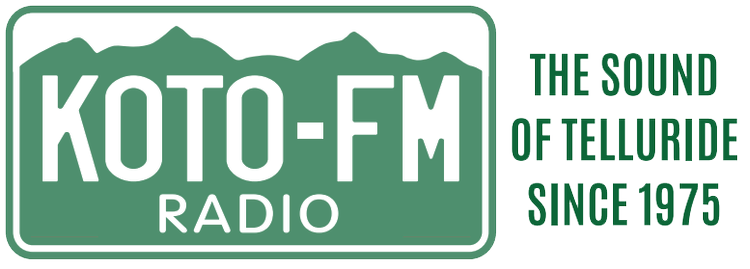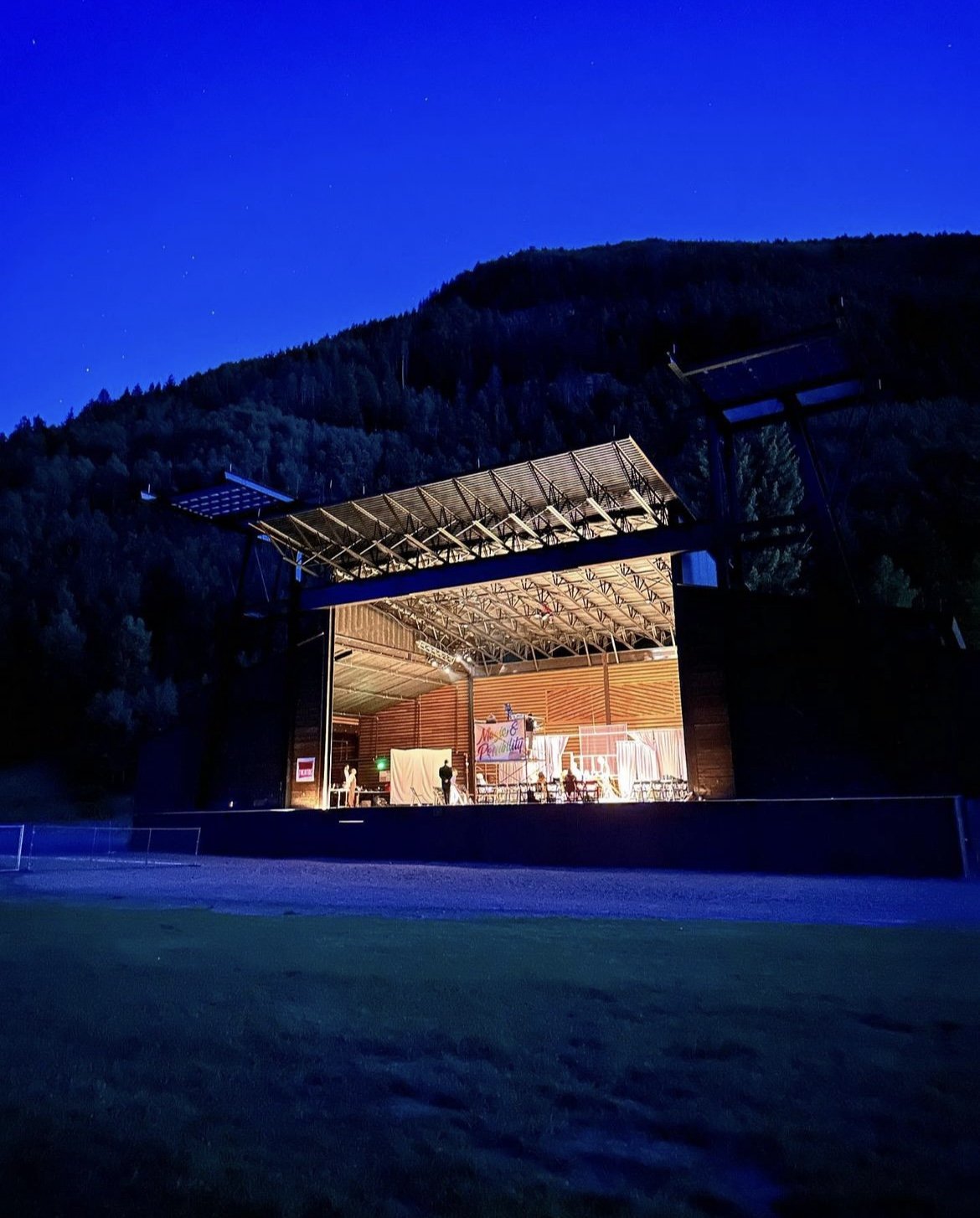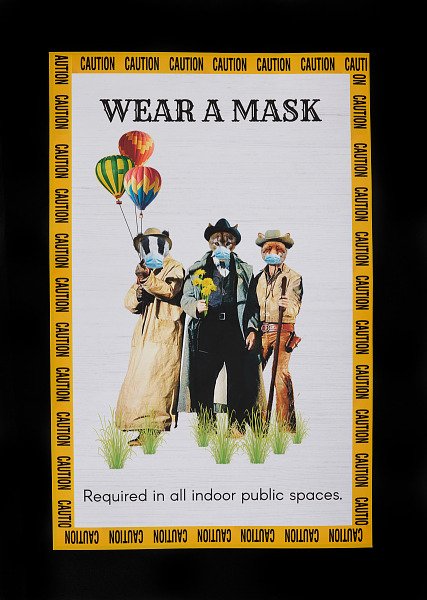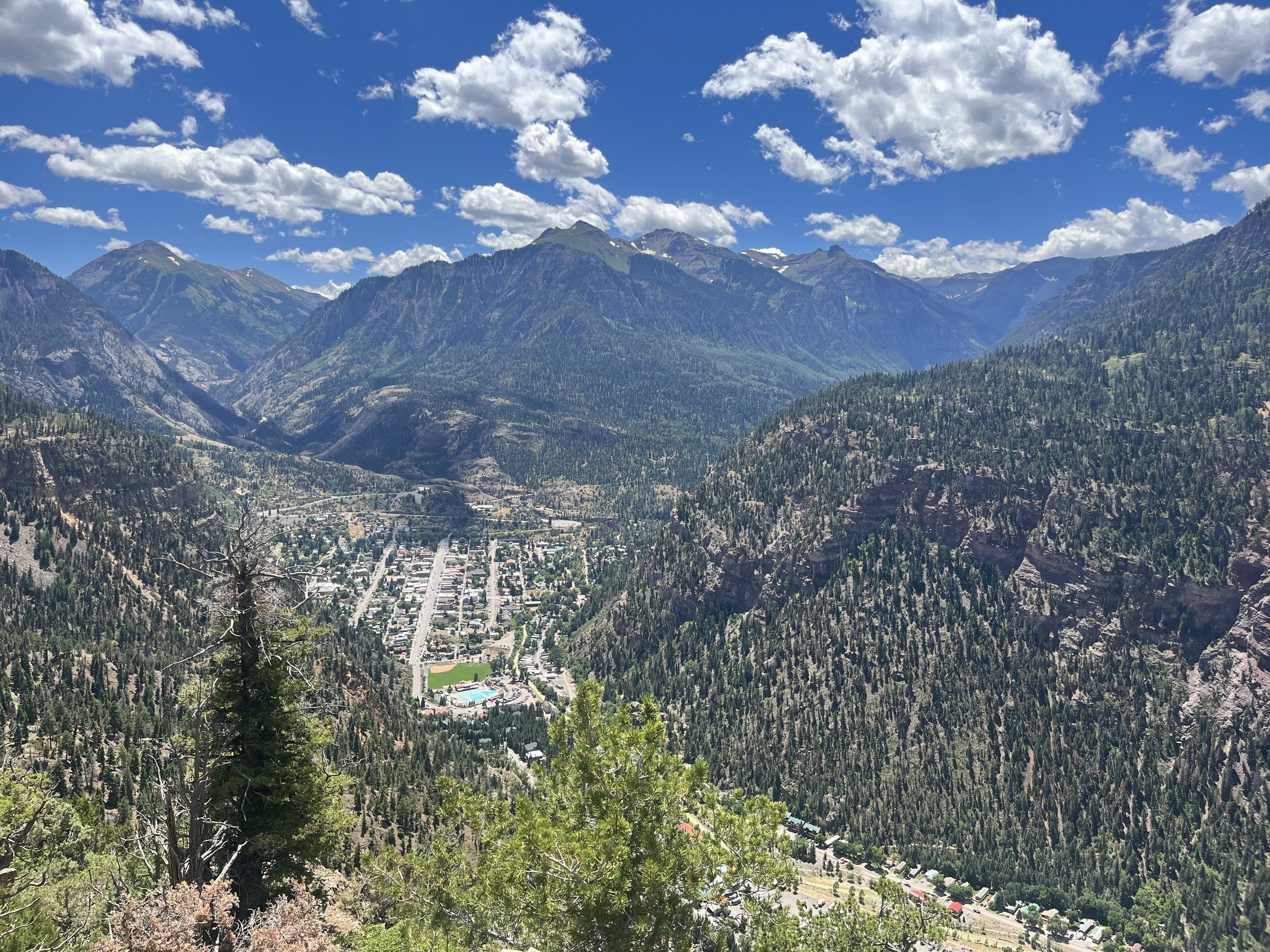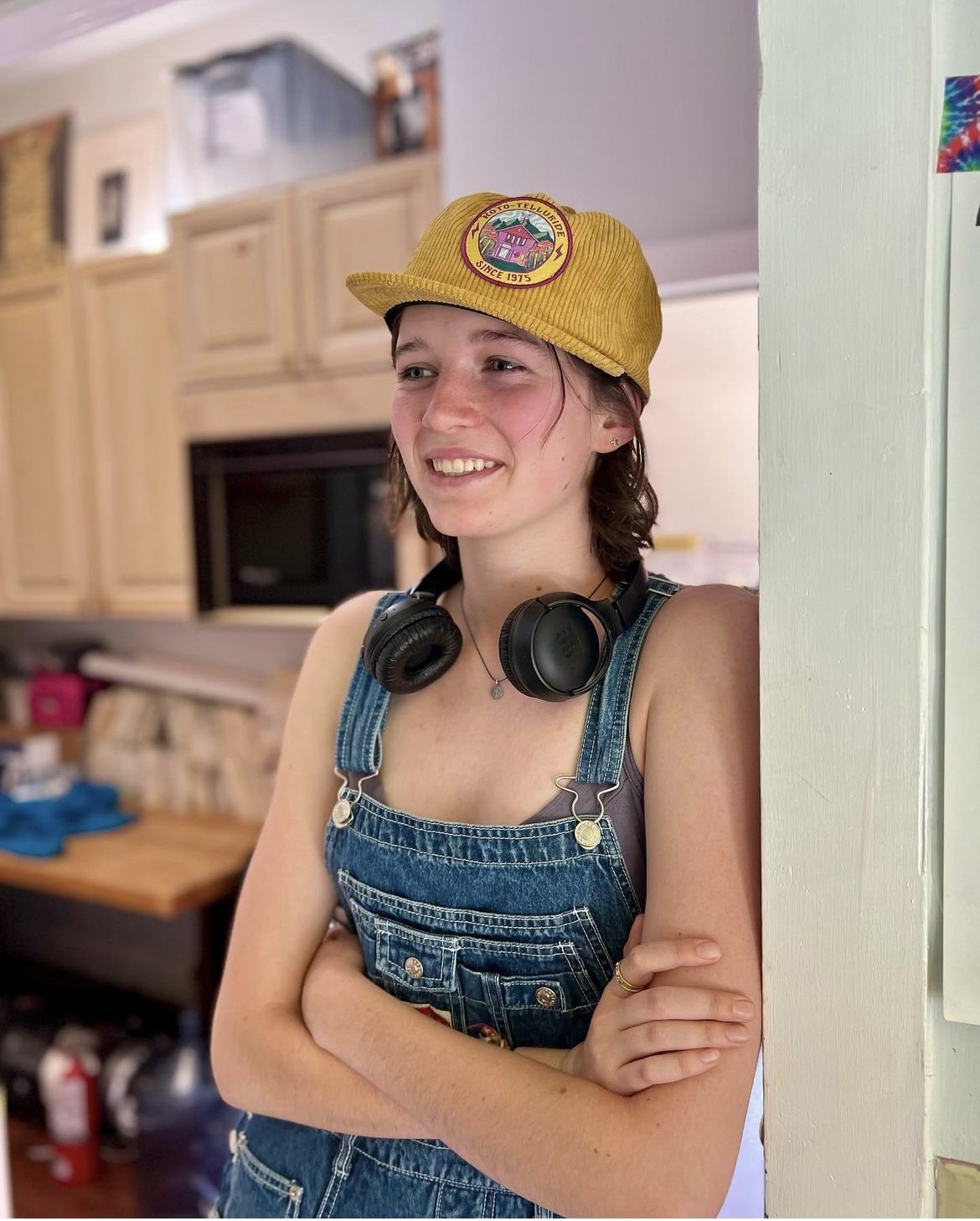By Julia Caulfield
Telluride has seen many icons in its time, but few reach the heights of Richard “Dick” Unruh, Roadhawg to many.
“Dick was certainly unique. He was smart, he was wild. Funny guy, great sense of humor, great athlete, great personality, loved music, loved people. One of the best of the best. Despite his wild heartedness, he was a very kind and sensitive personality, who really cared about people, and he is just an admirable character.” remembers longtime friend Mick Obrand.
“I’m sitting here with tears in my eyes remembering all these years and what a joy and pleasure and blessing it was to have known him,” adds Roudy Roudebush.
Unruh passed away on the night of December 24th. He was 84 years old.
Born in Kansas City, Missouri in 1940. Unruh found Telluride in the early 1970s, becoming a staple of Telluride’s wild west days.
He lived in a small Victorian house in Town Park (what is now the Parks and Recreation offices). He and Roudebush worked the Unstable Riding Stables, pasturing horses in Town Park and Bear Creek.
Over the years he was an attorney, horse wrangler, KOTO DJ. He was the head of the San Miguel Democratic Party. He was the loving father of three children. Unruh was instrumental in the land transaction that would become East Ophir. He set the bar high with incredible compassion. He was a hippie, a cowboy, an outlaw.
For those who loved Unruh, they know the best stories aren’t suitable for the radio.
“The stories that he would tell. The stories that he forgot about, he was a true Telluride legend,” says Brian Ahern. He called Unruh a friend and mentor.
The stories are indeed many.
“I’ve had some chairlift chats the past couple days. Somebody saw the post I made when I learned of his passing, but a lot of people are like, ‘I have a similar story’. He helped a lot of people,” says friend Jereb Carter.
Cindy Obrand remembers when she first met Unruh. She and her husband Mick were new to town, with two small kids in tow. They went down to the Sheridan Bar to meet some of the characters in town.
“I mean we thought we came to town as outlaws. When we met Peter Pitts and Dick Unruh, we realized we were Sunday school teachers,” Cindy Obrand chuckles.
Unruh sometimes lived life on the edge. An attorney on all sides (both a district attorney and defense lawyer) he also had his own run ins with the law. He was disbarred for several years in the 80s before being reinstated.
“He was a one of a kind. He was a friend to people who were down and out. I don’t think he ever met a person he refused to represent as a client. That wasn’t because of the money, but because he believed in standing up for and defending people’s rights,” says Ahern “He was an advocate for those who couldn’t fight for themselves or couldn’t afford to hire an attorney. He was a true gentleman.”
Roudebush remembers someone saying “If it wasn’t for Unruh, who would defend the justly accused?”
Roudebush reminisces, “Mark Twain had written: ‘a real friend is someone who stands behind you when you’re wrong’. Uncle Dick stood behind me in courtrooms, watched my back in the Sheridan bar, and defended me on Sunday mornings in front of the post office.”
Outside lawyering, Unruh was a staple at the beginning of KOTO. He hosted the Open Road Show with Roadhawg.
“Unruh, the old Roadhawg, really influenced. I absolutely loved his show,” says Cindy Obrand. “I thought Texans were wild, but I’d never met a Kansas City boy like Dick Unruh. He gave us all license.”
On or off the mic Unruh could sweet talk anyone.
“Loved to make folks laugh. Biggest flirt in town. He made flirting an art. It was his form of communication with everybody, from a baby, to a dog, to a good-looking woman. He could flirt your cowgirl boots off,” Obrand remembers.
At his core, Unruh was someone who supported those he loved, stood up for the underdog, and fought for what was right.
“He had seen many trials and tribulations throughout his life that mirrored some of my own difficulties. He had a way to bring it down to the ground level. ‘Get out of our head. You’re your own worst enemy. Whatever you think you may have done, I’ve done ten times worse. This is the way you navigate the waters.’” Ahern remembers Unruh’s advice. “Not how many times life knocks you down, but how you get back up, and how you deal.”
“He changed the course of my life. It could have gone bad had it not been for someone like him in my corner,” says Carter.
“Bless his heart. 25 years ago, I got yet another DUI, and Uncle Dick said ‘you better go down to some AA meetings, so we’ll have something to tell the judge’”, Roudebush says, “I’ve been sober 25 years thanks to Dick. I wouldn’t be alive on so many different things. I owe him my life.”
If you ask Roudebush, the world’s a little darker without the old Roadhawg.
“He made the world a better place,” says Roudebush. “We took a lot of pictures and we left a lot of hoof prints. I’m blessed to have known him, as we all are.”
Dick Unruh showed Telluride what living life sincerely, wildly, and to the fullest looked like.
